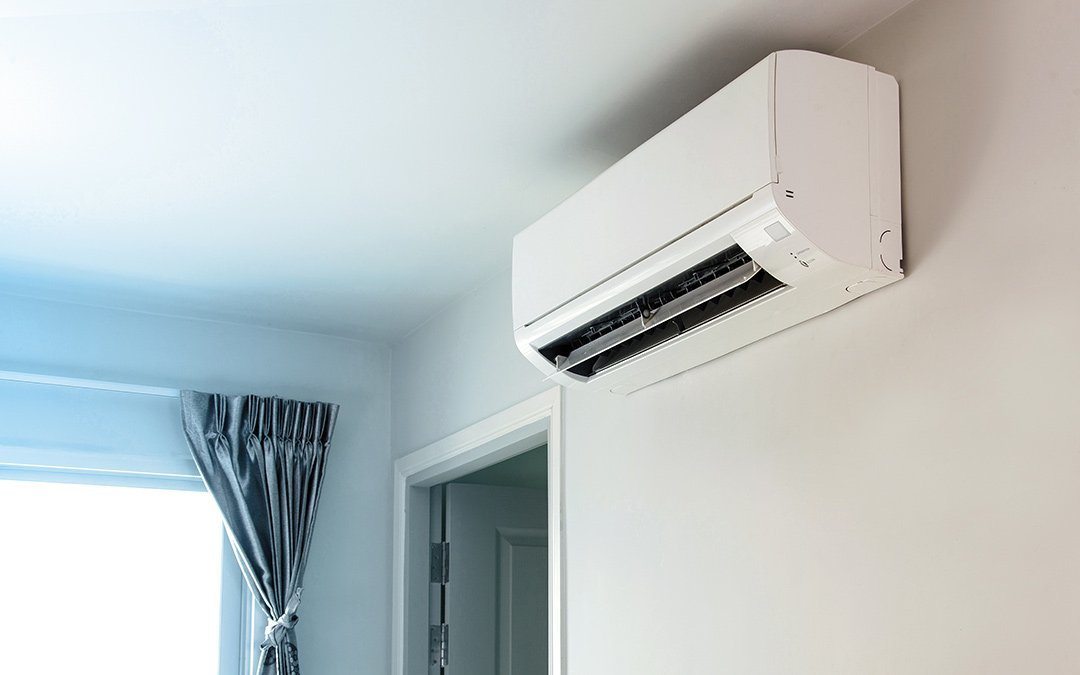
Introduction
Embarking on the journey of home climate control can be a daunting task, especially with the multitude of options available in the market. However, if you’re seeking a solution that seamlessly blends efficiency, flexibility, and personalized comfort, then mini split systems might just be the ideal choice for you. Imagine a home where each room has its own customized climate setting, where installation doesn’t involve tearing down walls, and where energy efficiency meets modern convenience.
Mini splits offer precisely that and more, making them a standout contender in the realm of home heating and cooling solutions. In this era of innovation, where adaptability and eco-consciousness are paramount, these systems emerge as the epitome of intelligent climate control, tailored to meet the diverse needs of your home. Let’s delve into the reasons why these systems might be the perfect fit for transforming your living space into a haven of comfort and energy efficiency.
Selecting a good Mini Split
Why A Mini Split Might Be For You
Versatility
Mini split systems are incredibly versatile, making them a perfect fit for various home types and scenarios. They prove particularly useful in older homes where the absence of existing ductwork can complicate the installation of traditional HVAC systems, both in terms of complexity and cost. In these situations, mini splits provide an efficient heating and cooling solution without the need for invasive renovations, preserving the historical integrity of the home.
Room Additions
Additionally, mini splits are a go-to choice for room additions. Extending ducts to these new spaces can be impractical, making these types of systems a cost-effective alternative. They allow homeowners to enjoy personalized climate control in these additions without the hassle of extensive construction work.
Apartments, Condos and Multi-Story
In apartment buildings and condominiums, individualized heating and cooling are essential, and mini splits excel in this regard. They offer efficient temperature regulation for each unit without the need for bulky ductwork, ensuring both comfort and space optimization. The adaptability of mini splits makes them ideal for smaller homes, where every inch of space matters. Homeowners can enjoy a comfortable living environment without sacrificing valuable space to accommodate a traditional HVAC system.
For multi-story homes, mini splits are a game-changer. By strategically placing indoor units on different floors, these systems ensure consistent comfort throughout the house. Regardless of where you are, each room can have its own dedicated mini split unit, allowing for precise control over the indoor climate.
Unique Circumstances
When it comes to homes with non-standard construction, such as log cabins or thick-walled structures, mini splits are invaluable. Traditional duct installations are often challenging in these cases, making mini splits the practical choice. These systems can be easily installed without compromising the structural integrity of the unique building. They can especially come in handy when rehabbing an older structure that would make duct work installation a challenge.
In addition to their adaptability, it’s essential to consider different brands when choosing a system. Brands like Mitsubishi, Daikin, LG, Fujitsu, and Panasonic are renowned for their high-quality mini split units. Each brand offers a range of models with various features, energy efficiency ratings, and price points. Researching these brands and consulting with HVAC professionals can help homeowners make an informed decision, ensuring the selection of a mini split system that perfectly aligns with their specific needs and budget.
Install Your Own Mini Split
- Yes, many homeowners are installing their own mini split system. However, you may need an HVAC technician to make the final connections in some cases.
- Take a look HERE on how to complete your own installation.
Some of The Pros and Cons of A Mini Split Systems
Mini split heating and cooling systems have become increasingly popular, and they come with their own set of advantages and disadvantages. Let’s dive into the pros and cons!
Pros:
1. Energy Efficiency: Mini split systems are highly energy-efficient, as they allow for zone-based heating and cooling. You can adjust the temperature in individual rooms, which prevents wasting energy in unoccupied spaces. This can lead to significant energy savings in the long run.
2. Easy Installation: Installing mini split systems is generally easier and less invasive compared to traditional HVAC systems. They require a small hole in the wall for the conduit, which houses the power cable, refrigerant tubing, suction tubing, and a condensate drain.
3. Flexibility in Design: Mini splits offer flexibility in interior design since there’s no need for ductwork. This means you can place indoor units in various locations to optimize both aesthetics and functionality.
4. Quiet Operation: These systems operate quietly, ensuring a peaceful indoor environment. The noisy components, like the compressor and fan, are located outside the house, minimizing indoor noise levels.
5. Better Air Quality: Mini splits come with built-in filters that can trap dust, pollen, and other allergens, thus improving indoor air quality. This is particularly beneficial for individuals with allergies or respiratory issues.
6. Cost-Effective for Additions: If you’re adding a new room or renovating a space where extending the existing ductwork is not feasible, mini splits are a cost-effective solution.
Cons:
1. Initial Cost: The upfront cost of purchasing and installing a mini split system can be higher than traditional heating and cooling systems. However, the energy savings over time can offset this initial investment.
2. Aesthetics: While the indoor units can be mounted high on walls or even recessed into ceilings, some people find them less aesthetically pleasing compared to traditional HVAC vents.
3. Regular Maintenance: Like all HVAC systems, mini splits require regular maintenance to ensure optimal performance. Filters need to be cleaned or replaced, and the outdoor unit should be kept clear of debris.
4. Limited Reach: The reach of a single indoor unit is limited. If you have a large home with many rooms, you might need multiple indoor units, which can increase the overall cost.
5. Dependency on Electricity: Mini splits rely entirely on electricity. In areas where power outages are frequent, having a backup heating or cooling option might be necessary.
In summary, mini split heating and cooling systems offer excellent energy efficiency, flexibility in design, and improved air quality. However, they come with a higher initial cost and might not be suitable for all architectural styles or budget constraints. Assessing your specific needs and consulting with a professional can help you determine whether mini splits are the right choice for your home.

